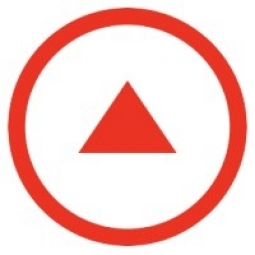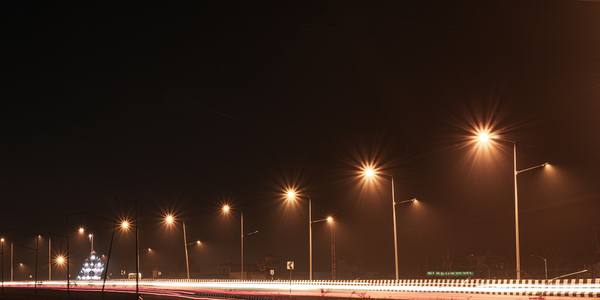公司规模
SME
地区
- America
国家
- United States
产品
- Fulcrum app
技术栈
- iOS
- GIS
实施规模
- Departmental Deployment
影响指标
- Environmental Impact Reduction
- Brand Awareness
技术
- 应用基础设施与中间件 - 数据交换与集成
适用行业
- 城市与自治市
- 教育
适用功能
- 现场服务
用例
- 室外环境监测
- 公共预警与应急响应
服务
- 数据科学服务
关于客户
The International Dark Sky Association is a nonprofit 501(c)(3) organization that provides information, education, and research on light pollution. The organization shares knowledge on how to preserve dark skies and reduce light pollution on local, national, and international levels. The mission of the International Dark-Sky Association (IDA) is to preserve and protect the nighttime environment and our heritage of dark skies through environmentally responsible outdoor lighting. The organization is particularly concerned with the impact of artificial lighting on wildlife, such as sea turtles, which can be disoriented by artificial lights and drawn away from the ocean.
挑战
The International Dark-Sky Association (IDA) was tasked with identifying problematic coastal lighting that could affect the nesting habitats of endangered sea turtles in 25 conservation areas. This was a part of a contract with the Florida Department of Environmental Protection (DEP) and Fish and Wildlife Conservation Commission (FWC). The contract required IDA to establish baseline measurements of night sky quality along the beach in these conservation areas. Before finding Fulcrum, IDA’s data collection consisted of manual pen-and-paper recording to be organized in Excel, leaving data open to inconsistency and reporting issues. Without GIS integration, GPS data was manually recorded alongside other information, making organizing and analyzing difficult.
解决方案
IDA found that Fulcrum was a very useful tool for the task. The IDA team used the Fulcrum app on iOS devices with ease. With no steep learning curve, the IDA crew collected field data and geo-tagging records within minutes using the Fulcrum app. IDA then managed and exported this data into a variety of formats. This allowed them to establish baseline measurements of night sky quality along the beach in the conservation areas. Based on these surveys, IDA recommended coastal lighting retrofit solutions to reduce the potential for disorientation of hatchling sea turtles.
运营影响

Case Study missing?
Start adding your own!
Register with your work email and create a new case study profile for your business.
相关案例.

Case Study
Turning A Stadium Into A Smart Building
Honeywell created what it called the “intelligent system” for the National Stadium in Beijing, China, turning the venue for the opening and closing events at the 2008 Summer Olympics into a “smart building.” Designed by highly controversial artist Ai Weiwei, the “Bird’s Nest” remains one of the most impressive feats of stadium architecture in the world. The 250,000 square meter structure housed more than 100,000 athletes and spectators at a time. To accommodate such capacity, China turned to Honeywell’s EBI Integrated Building Management System to create an integrated “intelligent system” for improved building security, safety and energy efficiency.
.png)
Case Study
Smart Street Light Network (Copenhagen)
Key stakeholders are taking a comprehensive approach to rethinking smart city innovation. City leaders have collaborated through partnerships involving government, research institutions and solution providers. The Copenhagen Solutions Lab is one of the leading organizations at the forefront of this movement. By bringing together manufacturers with municipal buyers, the Copenhagen Solutions Lab has catalyzed the development and deployment of next-generation smart city innovations. Copenhagen is leveraging this unique approach to accelerate the implementation of smart city solutions. One of the primary focus areas is LED street lighting.
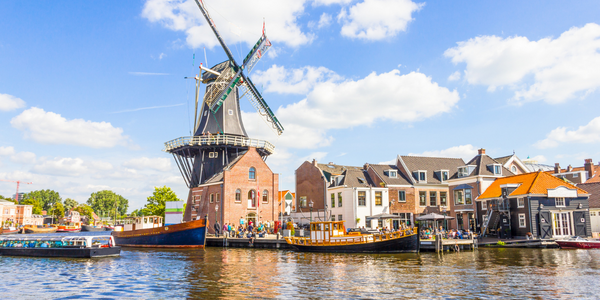
Case Study
Buoy Status Monitoring with LoRa
The Netherlands are well-known for their inland waterways, canals, sluices and of course port activities. The Dutch Ministry of Infrastructure indicates that there are thousands of buoys and fixed items in and near water environments that would profit from IoT monitoring. One of the problems with buoys for example, is that they get hit by ships and the anchor cable breaks. Without connectivity, it takes quite some time to find out that something has happened with that buoy. Not to mention the costs of renting a boat to go to the buoy to fix it. Another important issue, is that there is no real-time monitoring of the buoys at this moment. Only by physically visiting the object on the water, one gains insight in its status.
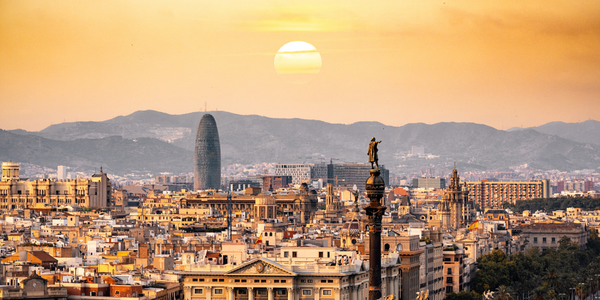
Case Study
Barcelona Case Study
Barcelona’s heavy traffic and its associated high levels of pollution were the primary factors that motivated some companies and universities to work on strategies for improving traffic in the city centre. Bitcarrier is one of the technologies involved in the In4Mo Project, whose main objective is to develop the applications that form the core of smart mobility, one of the fundamental pillars of the smart city concept.
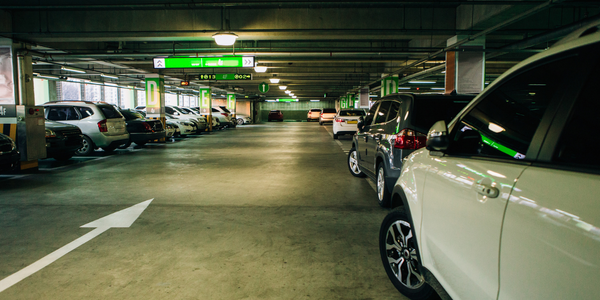
Case Study
China Mobile Smart Parking
Smart Parking, powered by NB-IoT technology, is making it easier for drivers to find free parking spots. Cities can better manage their parking assets and maximize the revenue available to them as a result. Drivers searching for parking create congestion and pollution by circling and hunting for available parking. Smart Parking services are able to significantly ease these problems by guiding a driver directly to a parking space.




